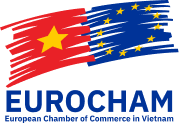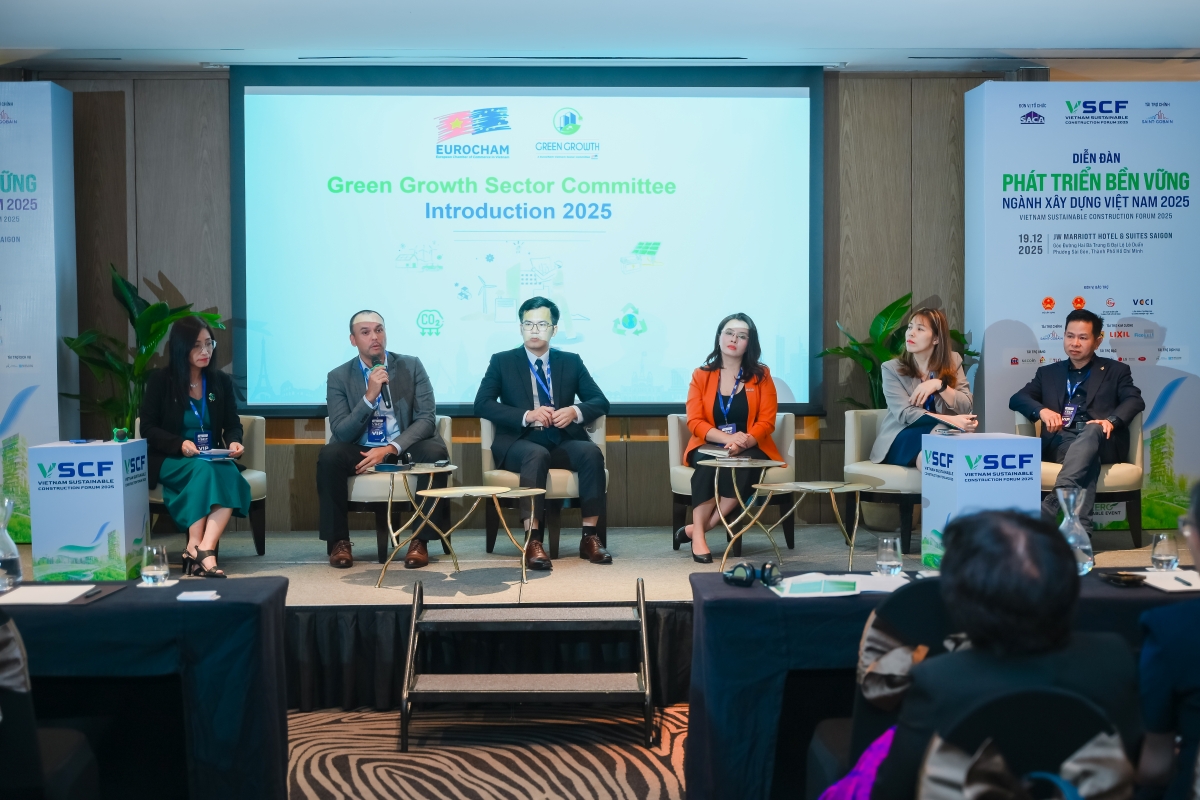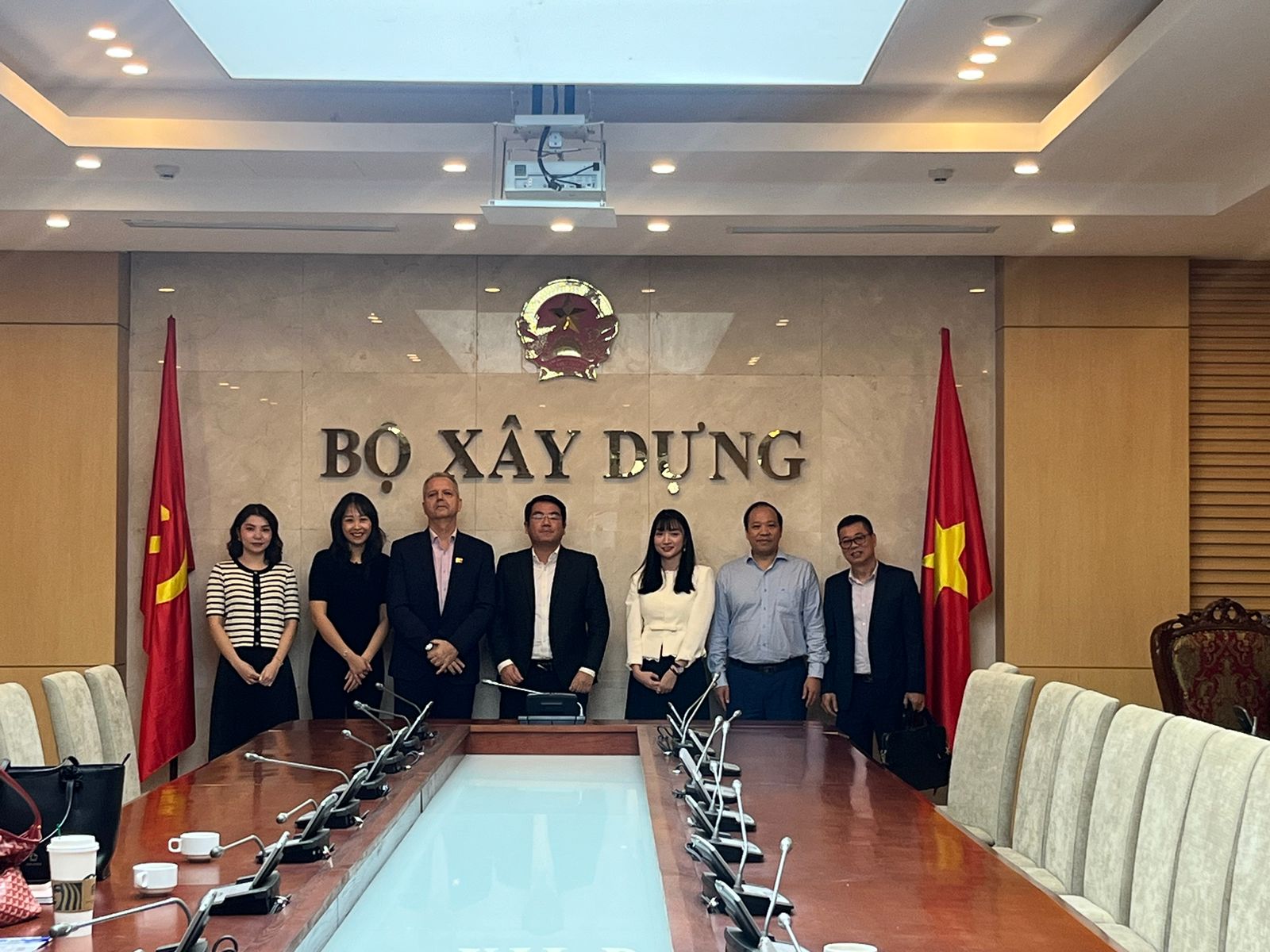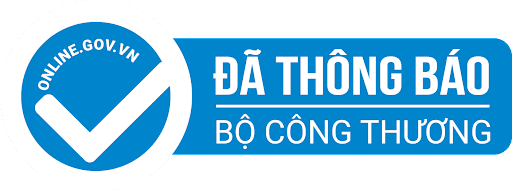On 15 July, EuroCham hosted a webinar themed “Vietnam’s Online Economy – the Boom of E-Commerce in the Logistics Market”. Almost 50 people joined the event, which featured guest speakers Dr. Nguyen Tri Hieu, Senior Economist; and Ms. Ngo Thi Truc Anh, Senior Vice President and Head of Transportation, Lazada Logistics Vietnam.
It has been one year since the very first COVID-19 case was found in Vietnam. The country has maintained resilience to the pandemic, especially the current 4th wave which is said to be the toughest battle. In order to adapt to the situation, digital transition is a must. Therefore, the online economy and Vietnam's e-commerce logistics market has grown strongly and is forecast to continue to boom with revenue surpassing last year's figure.
Ms. Nguyen Dieu Linh, Deputy Director of EuroCham, chaired the webinar and invited the first speaker Dr. Nguyen Tri Hieu, Senior Economist, to start his presentation.
Dr. Hieu shared that, nowadays, e-commerce – or the online economy – is one of the major issues and is the game changer, which Vietnam has come a very long way to achieve. From one of the poorest countries in the world as of 50 years ago, now, Vietnam reached GDP of nearly 300 billion USD and become one of the lower-middle income nations. According to the Government’s economic plan, Vietnam will try to be in the middle income group within the next 30 years. With the CPTPP, EVFTA, and many other bilateral trade agreements signed with other countries, Vietnam will be in a position to reach the group of e-economies or industrialized nations as a trend of the world. Until then, there are a lot of things that need to be done.
However, the country is going through a difficult time with the 4th wave of COVID-19 and the new delta variant. Recently, Ho Chi Minh City – the largest commercial centre of the country – has been in lockdown. Dr. Hieu provided a realistic overview on the economy of Vietnam: In the first half of 2021, Vietnam’s GDP growth rate was 5.64%, with three main contributions coming from the agriculture (accounts for 12%), manufacturing, (38%) and service sectors (41%). It can be seen that there has been a trend to move from agriculture to services. Last year, the GDP growth rate was 2.91%, which is the lowest in the last 10 years due to the pandemic. However, that was still a positive result as Vietnam was among top three nations in Asia-Pacific, alongside China and New Zealand. Besides, inflation is kept under control, within the target of CPI growth below 4% in 2021. Meanwhile, foreign trade surplus hit 5.46 billion USD.
On the negative side, 70,000 businesses closed or went bankrupt. Vietnam recorded a trade deficit of $1.47 billion USD in the first six months of 2021. Many areas were affected, but mostly in tourism, retail and services. The trade deficit is estimated to continue to grow. The solution now is to create herd immunity, where roughly 70% of the population should be vaccinated.
According to the Vietnam e-commerce association, last year, the digital economy reached 14 billion USD, but this represents only 3% of consumer spending. E-commerce is expected to increase 30% annually from now until 2025, reaching 52 billion USD, so there is a lot of room for growth. Therefore, it is important to develop e-Government and come up with regulations to manage the digital economy.
There are, however, several remaining challenges. Firstly, the tradition of buying and selling goods in person in the market is hard to change. Secondly, cash payment is still popular and takes up 80% of total payment. Thirdly, 60% of the population lives in the rural areas, where they have less access to e-commerce.
Dr. Nguyen Tri Hieu also updated the participants on new a new regulation – Decision 316, which takes immediate effect, regarding mobile money service (MMS), under which telecommunication accounts can be used to make payment for small value transactions. The pilot program will run for two years.
Later, Mrs. Truc Anh, Senior Vice President and Head of Transportation at Lazada Logistics Vietnam shared her view about Vietnam’s digital economy and e-logistics potentials in 2021, and how to leverage innovative technologies in e-Commerce.
The COVID-19 pandemic has been accelerating digital consumption, and online shopping on e-commerce has become a new lifestyle. Express deliveries, smart/digital locker services and cross-border logistics have seen a rise in demand. E-commerce enablers include sellers, selling platforms, payments, warehousing & fulfillment, last-mile logistics and buyers. In general, the e-Commerce and logistics landscape of Vietnam in 2021 is full of potential, with e-logistics is enjoying the growth of the e-commerce sector.
However, some challenges remain, including higher customer expectation, affected by reliable deliveries, reduced delivery charge or free shipping, next-day or express delivery, and easy returns. To adapt, logistics systems can support the sector by investing in infrastructure and automation technology.
In order to leverage innovative technologies in e-commerce logistics, building a sustainable e-commerce ecosystem is essential. Lazada has created sustainable logistics infrastructure, which is the solid base for e-commerce operation. This includes three fulfillment centres in HCMC, Binh Duong and Hanoi; two automatic sortation centres, with a network of more than 2,000 drop-off points for sellers and 200 collection points for consumers; 70 hubs; and more than 1,500 delivery partners across across the country.
Moreover, utilizing technology plays an integral role in enabling a better e-commerce experience through providing logistics service. Effective technological tools in logistics are network centralization, effective transportation system, fulfillment management, machine learning and data management. Besides, touch-free delivery, geo-location, virtual and multiple warehouses will help bring the smart and seamless experience to consumers, brands, and sellers.
In general, innovative technologies can help conquer the market. Digitalization and Artificial Intelligence (AI) will be the game-changer and the core to growth. Meanwhile, innovative tools and operations to boost efficiency will entertain shoppers and provide business opportunities to engage customers in an innovative way. Last, but not least, integrating logistics and supply-chain networks will enhance the close cooperation between e-commerce enablers under supported legal framework and regulations. Also, various delivery solutions will bring about higher re-purchase and conversion rates, thereby boosting sales and customer satisfaction.
In the Q&A section, speakers and participants discussed the advantages and disadvantages of building in-house logistics systems vs. outsourcing logistics, the development and usage of 3PL service in e-commerce, cashless payment, selling medical consumable products, and how EU companies can help Vietnam in the logistics market.






